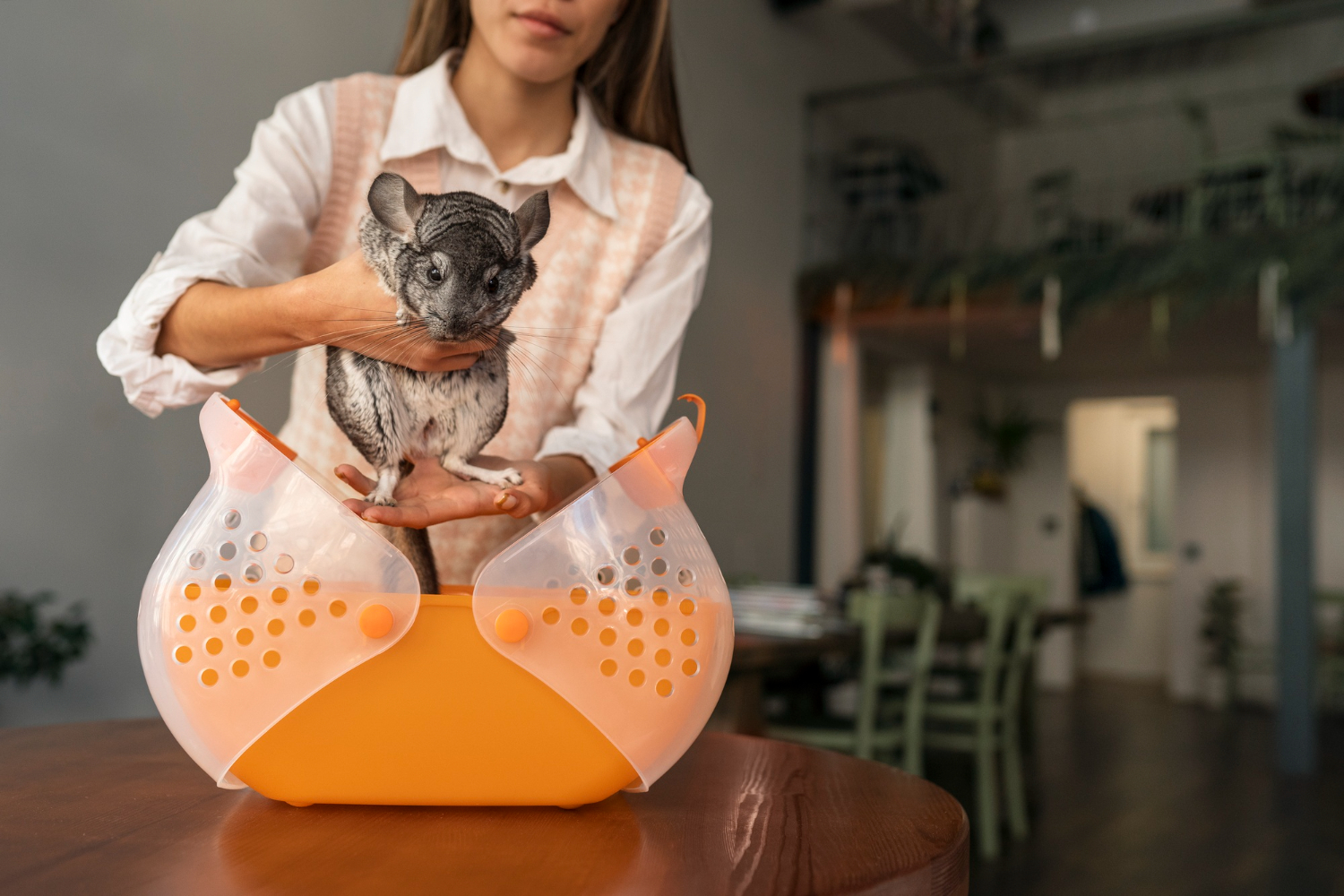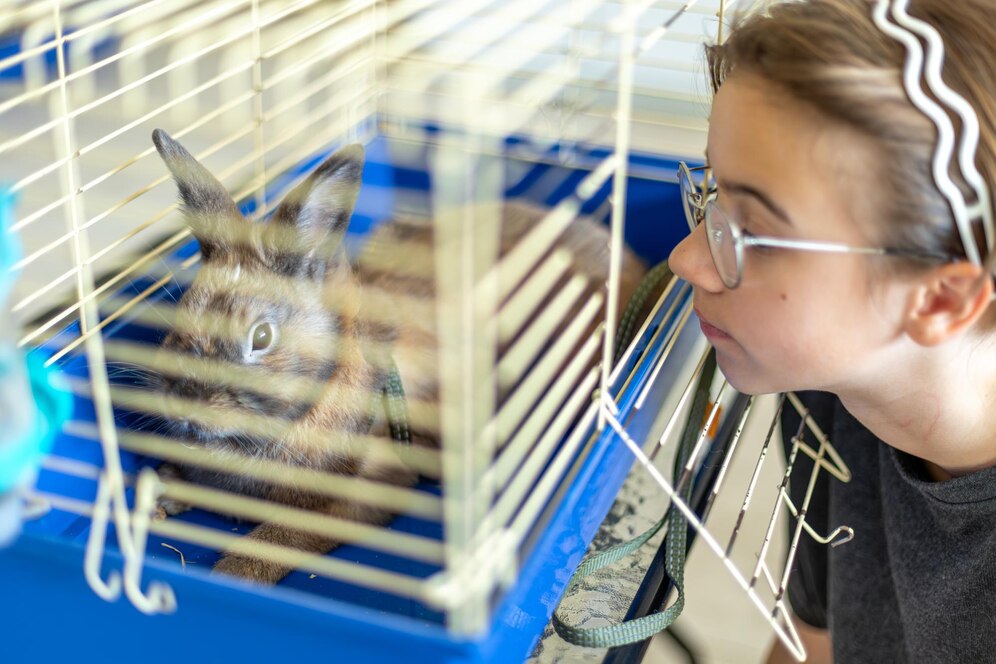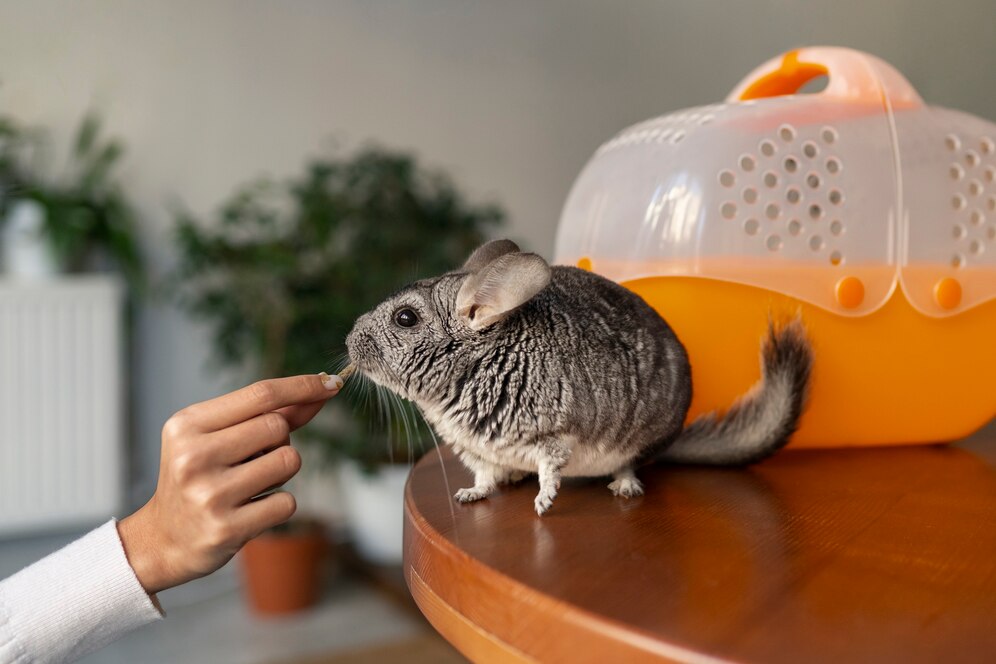
Creating a Safe Haven: The Ultimate Guide to Building the Perfect Habitat for Your Exotic Pet
Providing a safe home is essential for the well-being of exotic pets. Exotic pets, like reptiles, birds, and small mammals, need special care. Unlike cats and dogs, they live best in controlled environments. This guide shows you how to create and care for a safe and engaging habitat. We will look at enclosures, temperature control, proper setups, and ways to add enrichment.
Exotic pets bring joy and intrigue to their owners. They need special habitats because of their unique environmental and dietary needs. This helps them stay healthy and happy. A well-designed habitat helps reduce stress and disease. It also promotes natural behaviours that are key for mental and physical health. First-time owners often overlook how tricky setting up a habitat can be. This can lead to mistakes that harm their pet’s health. This guide will clear up common myths. It will give you helpful tips to make a safe and happy home for your exotic pet.

Key Benefits of a Well-Designed Habitat
Ensuring that an exotic pet has an appropriate habitat offers several key benefits. Beyond just housing the animal, the right setup influences its health, longevity, and overall happiness.
Enhances Physical Health
Exotic pets require specific environmental conditions to thrive. Reptiles need the right temperature and UVB light. This helps them make vitamin D3, which is vital for absorbing calcium. Poor lighting and temperature control can harm pets. They might get serious health problems like metabolic bone disease or respiratory infections.
Encourages Natural Behaviours
A well-structured habitat should mimic the pet’s natural environment as closely as possible. Birds, for instance, need perches and space to fly, while small mammals like ferrets require tunnels and hiding spots. Enclosures with climbing spots, burrowing areas, and water features let animals show their natural behaviours. This helps keep them active and engaged.
Reduces Stress and Prevents Illness
Stress is a leading contributor to illness in exotic pets. Poor cage design, inadequate enrichment, or changes in the environment can cause behavioural issues and weak immune systems. A well-planned habitat provides a familiar and secure environment, minimising stress-related health concerns.
Improves Longevity and Quality of Life
A proper habitat significantly impacts an exotic pet’s lifespan.
Owners can boost their pets’ lifespan and health by managing:
- Temperature
- Humidity
- Diet
- Enrichment
A well-kept aquarium can help an amphibian live longer. Also, a properly heated and humidified space can stop snakes from getting respiratory diseases.
Step-by-Step Guide to Creating the Perfect Habitat
Step 1: Research Your Pet’s Specific Needs
Research your pet’s natural habitat and needs before setting up an enclosure. Different species have unique needs in terms of temperature, humidity, lighting, and space. For example:
- Tropical birds require high humidity, varied perches, and a spacious aviary.
- Desert reptiles need dry conditions, high temperatures, and UVB lighting.
- Amphibians require consistent humidity and access to both land and water.
Understanding these needs will help replicate their natural environment as closely as possible.
Step 2: Select the Right Enclosure
Choosing an appropriate enclosure is vital. Common options include:
- Glass terrariums: Ideal for reptiles and amphibians. These provide good visibility and temperature control.
- Wire cages: Suitable for birds and small mammals, offering ventilation and climbing opportunities.
- Custom-built enclosures are ideal for large or special pets. They offer specific sizes and features to meet unique needs.
Choose an enclosure that offers enough room for movement and natural behaviours. It should also allow for enrichment items.
Step 3: Regulate Temperature and Humidity
Temperature and humidity must be maintained within the optimal range for your pet.
- Use thermometers and hygrometers to monitor environmental conditions.
- Heat lamps, ceramic heaters, or heating pads help maintain required temperatures.
- Misting systems or humidifiers may be necessary for tropical species.
Regularly check these levels to prevent overheating or dehydration.
Step 4: Provide Proper Lighting
Lighting plays a critical role in the health of many exotic pets.
- UVB lighting is crucial for reptiles, as it aids in calcium metabolism.
- Daylight-mimicking bulbs help regulate circadian rhythms in birds and mammals.
- Proper light cycles (12 hours of light and 12 hours of darkness) maintain natural behaviour patterns.
Step 5: Furnish the Enclosure with Enrichment Items
A habitat should not be barren—adding enrichment enhances an animal’s quality of life. Consider:
- Branches and perches for climbing species.
- Hiding spots for nocturnal or shy pets.
- Water features for aquatic and semi-aquatic species.
- Tunnels and digging areas for burrowing animals.
Step 6: Ensure Safety and Security
- Secure the enclosure with locks to prevent escapes.
- Avoid toxic plants and materials that could harm your pet.
- Regularly inspect and replace damaged items to maintain a hazard-free space.
Pro Tip: Start small! If you’re new to exotic pets, start with a species with simple habitat needs. Then, you can move on to more complex setups.
Additional Expert Tips & Common Mistakes to Avoid
Best Practices
- Regular Maintenance: Clean the enclosure frequently to prevent bacterial build-up.
- Proper Diet: Provide a species-appropriate diet with necessary vitamins and minerals.
- Observation: Monitor your pet’s behaviour for signs of stress or illness.
Common Mistakes
- Inadequate Research: Failure to understand a pet’s needs can lead to unsuitable living conditions.
- Improper Temperature Regulation: Ensure heating and cooling systems are reliable.
- Lack of Enrichment: Boredom can lead to stress-related illnesses and behavioural issues.

Advanced Insights & Expert Recommendations
Custom Enclosures
For some exotic pets, a custom-built habitat is the best solution. These can be designed to accommodate unique needs, providing ample space and stimulation.
Automation & Monitoring
Investing in automated lighting, temperature control, and humidity regulation keeps conditions stable. This reduces human error and boosts pet welfare.
Professional Consultation
Consulting a vet or exotic pet specialist can be invaluable. They can provide tailored advice and recommend modifications to improve your pet’s habitat.
Quick Guide
- Choose a species-appropriate enclosure.
- Regulate temperature, humidity, and lighting.
- Provide enrichment items to promote natural behaviours.
- Ensure safety and security within the enclosure.
- Monitor and maintain the habitat regularly.
Important: Exotic pets require consistency. Even minor fluctuations in temperature or humidity can cause severe health problems.
Frequently Asked Questions
What is the best exotic pet for beginners?
Leopard geckos, corn snakes, and budgies are great choices. They are easy to care for.
How often should I clean my pet’s enclosure?
Spot-clean daily and conduct a deep clean every 1-2 weeks, depending on the species.
Do all reptiles need UVB lighting?
Not all, but most diurnal reptiles do. Some nocturnal species may not require UVB but still benefit from a light source.
What is the ideal temperature for reptiles?
It varies by species, but generally, enclosures should have a warm basking area and a cooler retreat.
How can I tell if my exotic pet is stressed?
Signs include loss of appetite, excessive hiding, aggression, or changes in activity levels.

Your Exotic Pet’s Safe Haven Starts with You
Creating a safe and stimulating habitat for an exotic pet requires careful planning. Research your pet’s needs. Choose the right enclosure. Maintain good conditions. This way, you can help your pet live a long, healthy life. Start improving today and provide your exotic pet with the best environment possible!


